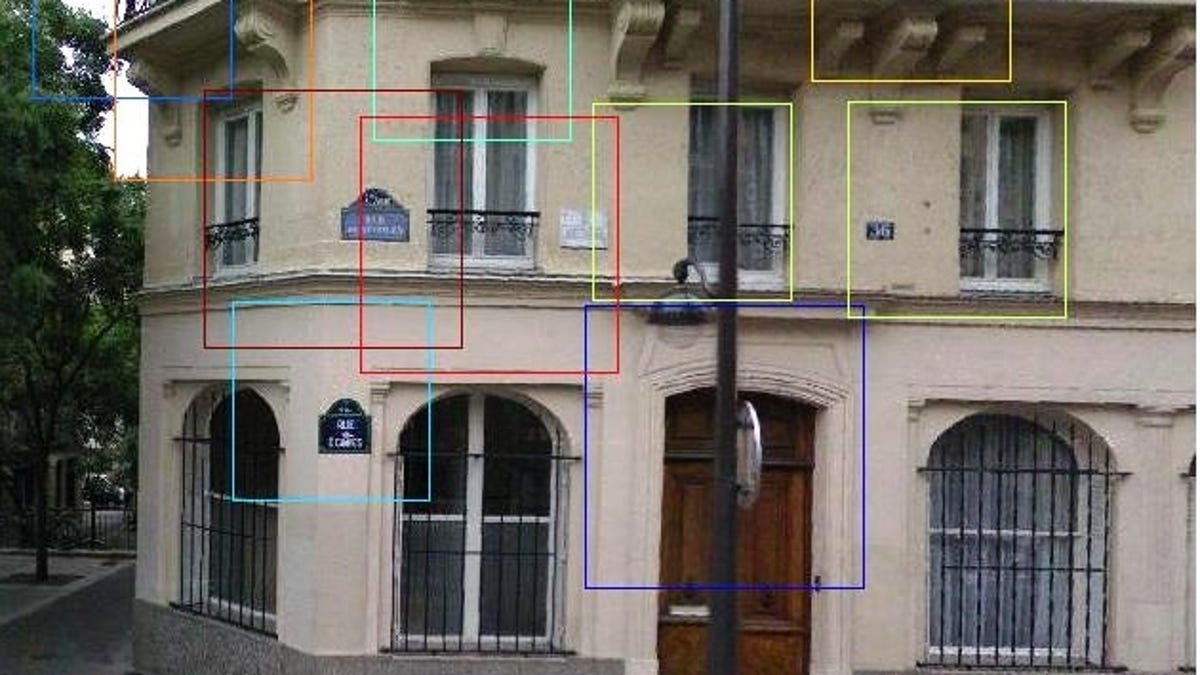Machine learning system can ID cities via pics
Program mines Google Street View images to recognize Paris, but most U.S. cities just look the same.

What makes Paris look like Paris? Hint: it ain't the Eiffel Tower.
It is instead the details woven into the urban fabric that form a pattern, according to a machine learning system that's part of a U.S.-French visual data mining project. Yes, computers are learning to ID your city just by looking at random photos.
Researchers at Carnegie Mellon University and INRIA/Ecole Normale Superieure in Paris had the system look at 40,000 Google Street View images of Paris, London, New York, and Barcelona, as well as eight other cities to find frequent and unique elements.
The machine learning program found features like the street signs, balconies, and lampposts of Paris to be distinct. Check out the vid below.
However, "it had more trouble identifying geo-informative elements for U.S. cities, which the researches attributed to the relative lack of stylistic coherence in American cities with their melting pot of styles and influences," according to a CMU release.
In other words, U.S. cities are a bland mishmash of styles. As if we needed fancy-shmancy programs to reveal that.
But the "What Makes Paris Look Like Paris?" research, which is being presented at Siggraph 2012 in Los Angeles this week, is interesting for other reasons.
It represents part of the emerging field of visual data mining, which is more complex than looking for patterns in text or numbers.
"Our data mining technique was able to go through millions of image patches automatically -- something that no human would be patient enough to do," Alexei Efros, CMU associate professor of robotics and computer science, was quoted as saying.
"In the long run, we wish to automatically build a digital visual atlas of not only architectural but also natural geo-informative features for the entire planet."
It's another great enslavement tool for robot overlords of the future. But in the meantime, other applications are possible.
The system could, for instance, do part of the work of film look designers. CMU notes that "art directors for the 2007 Pixar movie "Ratatouille" spent a week running around Paris taking photos so they could capture the look and feel of Paris in their computer model of the city."
The system ran 150 processors to automatically produce its own set of iconic Parisian images.
Think you're better at recognizing Paris? Take the team's Paris-nonParis test.

